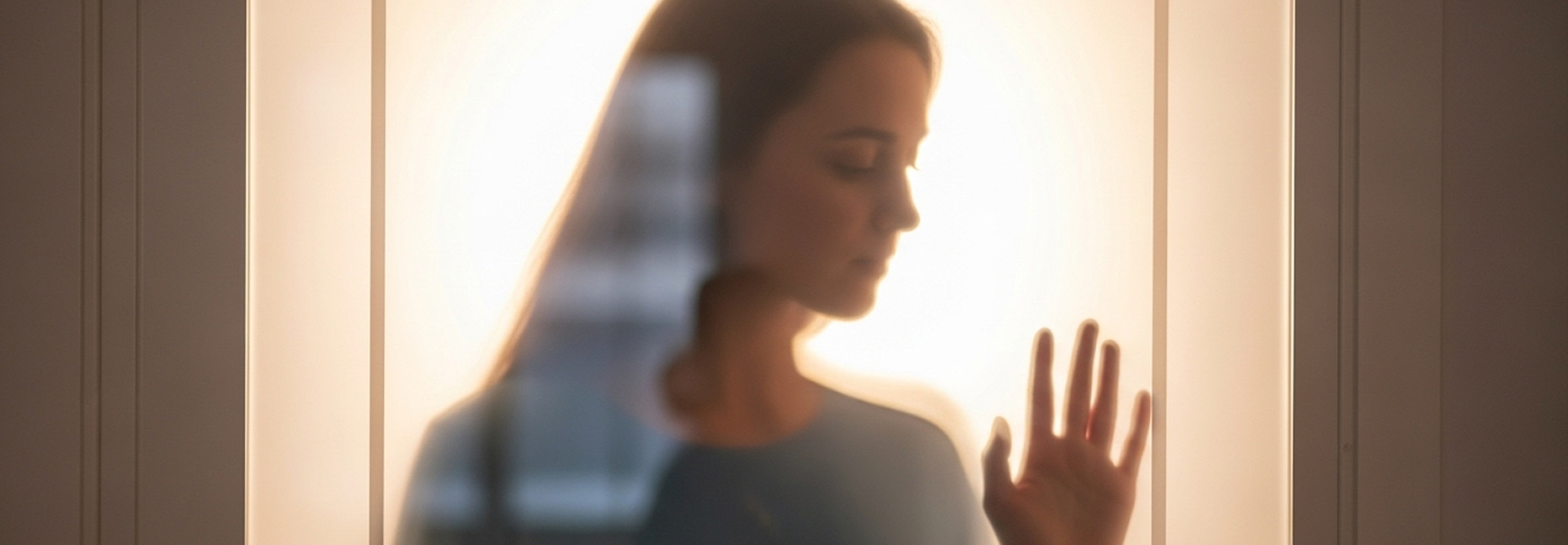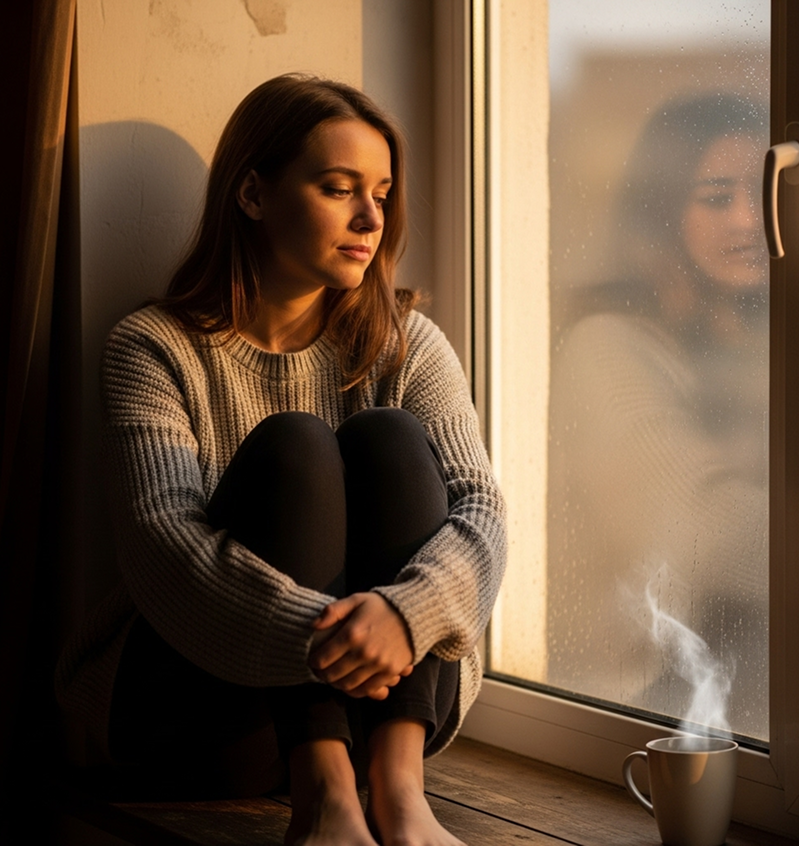Attachment Shapes How We Love
Before you can feel safe with someone else, you have to feel safe being yourself.
How Attachment Shapes Connection
Your attachment style isn’t a label — it’s a lens. It shows how you reach for love and how you protect yourself from hurt.
The way you bond today was written long before you started dating.
Your earliest relationships taught you what closeness feels like — safe, distant, unpredictable, or overwhelming.
Those patterns don’t define you, but they do guide you until you learn to notice them. Once you do, love stops feeling like a guessing game and starts feeling like a choice.
Awareness turns protection into connection.

The Patterns Beneath Protection
Every defense once kept you safe — but now, it might be keeping you stuck.
When love has felt inconsistent or unsafe, your nervous system learns to adapt: to chase reassurance, to pull away, or to overthink closeness before it even begins.
Those habits aren’t flaws — they’re strategies that once helped you survive emotional uncertainty. But the very walls that once protected you can now make love feel distant, even when you crave closeness.
The goal isn’t to tear down your walls — it’s to learn what they’re guarding.

How Attachment Patterns Show Up in Love
We all seek safety in our own way — through closeness, control, distance, or independence. Understanding those patterns helps love feel less confusing and more secure.
Anxious
When love feels uncertain, you might hold on tighter.
You crave reassurance — not because you’re needy, but because consistency feels like safety.
Avoidant
You value space — not because you don’t care, but because independence helps you stay calm.
Fearful
When you fear rejection, you might switch between the two
You reach for connection, then retreat when it feels too vulnerable — unsure which part of you to trust.
Secure
When connection feels secure, you can stay steady.
You can lean in or take space — because love feels like partnership, not performance.
At Matched by Design, we’re trained to recognize these subtle attachment dynamics — the ways people seek closeness, self-protect, or communicate safety.
Through our therapist-led process, we look for complementary readiness: partners whose
emotional pacing and communication styles can meet, not clash.
Because real connection isn’t about finding someone perfect — it’s about finding someone whose way of loving feels safe to yours.
“Attachment patterns aren’t problems to fix — they’re maps that show us how we’ve learned to love.”
Reflection: How Do You Protect Yourself in Love?
Every defense has a story. The more you understand it, the freer you become.
- When do I feel the urge to pull away — and what fear is underneath?
- How do I react when someone gets too close too soon?
- What moments in love make me feel safest — and why?
- Do I tend to over-give or under-trust when I care about someone?
- What does emotional safety look like in my relationships?


Why We Screen for Attachment Readiness
Because healthy relationships begin where emotional safety exists.
At Matched by Design, we recognize that attachment styles shape how people show up in love — how they pursue closeness, express needs, and handle conflict.
Our therapist-led screening helps identify whether someone can co-regulate, communicate openly, and offer emotional security.
We don’t label attachment styles — we work to balance them.
When both people can soothe instead of trigger, connection feels stable, not stressful.
We match people who are ready to feel safe — and help others learn how to get there.
Ready to feel safe and emotionally connected?
Explore how our therapist-led process helps you build relationships grounded in trust, not tension.